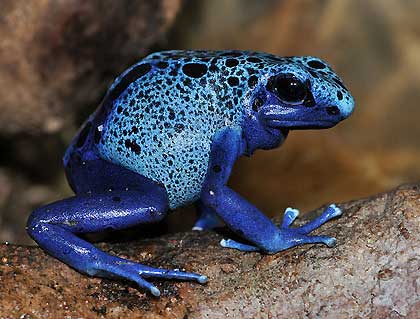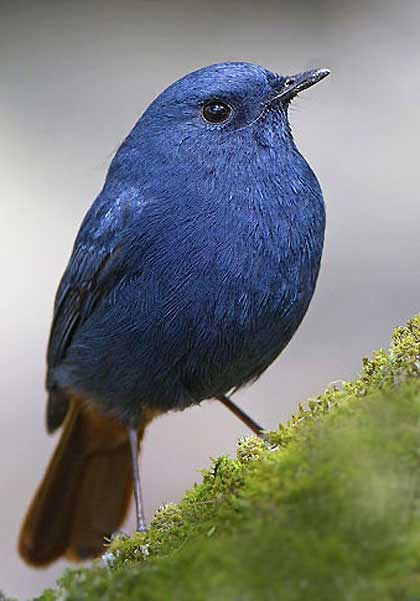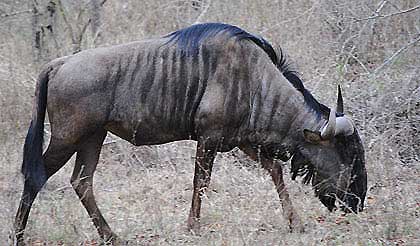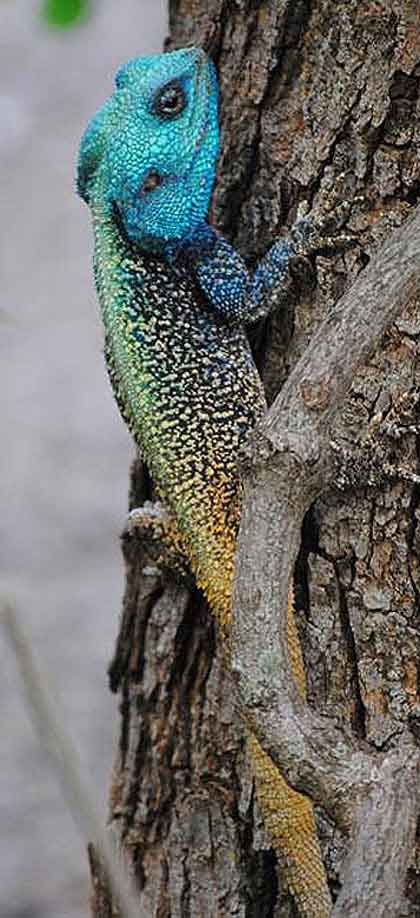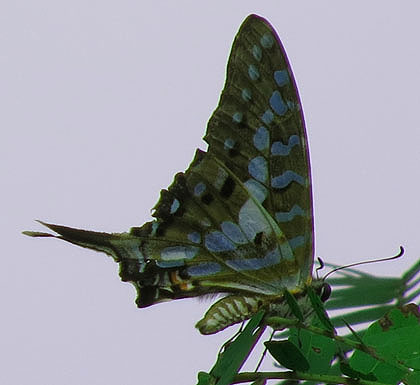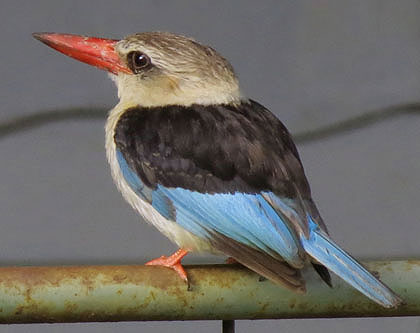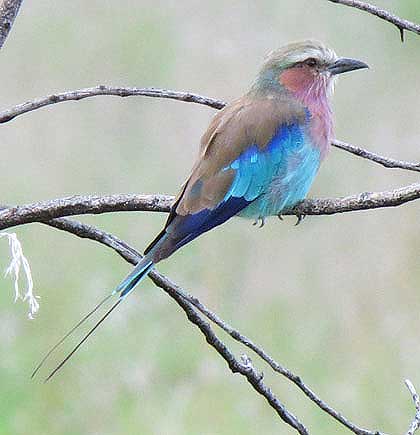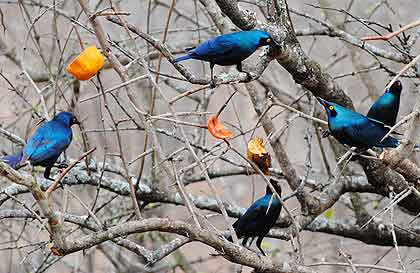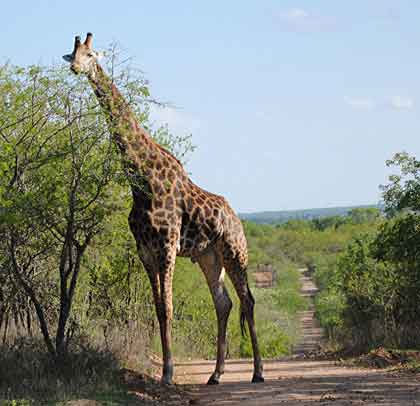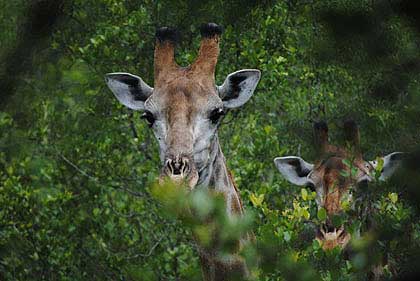Poisonous Blue?
In Africa, softly hued dawns and spectacular sunsets allude to blue with suggestions of lilac and purples but true blue can be hard to find. In fact, in the natural world, blue is precious; rare and valued, iconic even. Blue stones – like turquoise, sapphire and lapis lazuli – dazzle us with the depth and ferocity of their blues. Reptiles too, can rock blue like the Poison Dart frog of Indonesia whose blue is both a warning and a style statement.
Birds are well known for their input to nature’s blues. America has the Bluebirds and the spectacular Brazilian blue parrot, the Lear’s Macaw, rules the roost in the Amazon basin. But have a look at the Plumbeous Water Redstart (slate blue) of China – I know… who comes up with these names? Now there’s blue to make your blue jeans humble.
Bushveld Blue
Think Africa, think blue! Something doesn’t sound right, does it? Maybe because blue isn’t a color immediately associated with Africa. It’s a subdued tawny, sun-bleached, earthy palette that immediately springs to mind.
Could it be that’s why the Gnu wears his blue on his shoulder? There’s not a lot of blue on a Blue Wildebeest but what he’s got is impressive. That indigo blue mane with the glossy, tawny, grey-brownish coat is a classy statement.
Just a quick round-up of local blues in our image files found the following offerings.
Monkeys use blue to advertise for mates – take a look at this happy, Vervet monkey family.
The reptiles are always willing to contribute some blue to the mix.
Even the insects want to get in on the act.
And then there’s the birds – here are some of our very own Bushveld blues.
Coming from a big family of spectacular cousins, this little guy goes about his business quietly sparkling as he flits about cool, shady bush searching for food.
Here’s a fancy fellow, all decked out to catch the eye as he skims and flashes over the dry savannah looking for insects.
But for the ultimate blue experience, find a tree full of starlings. Guaranteed to drive the blues away…

